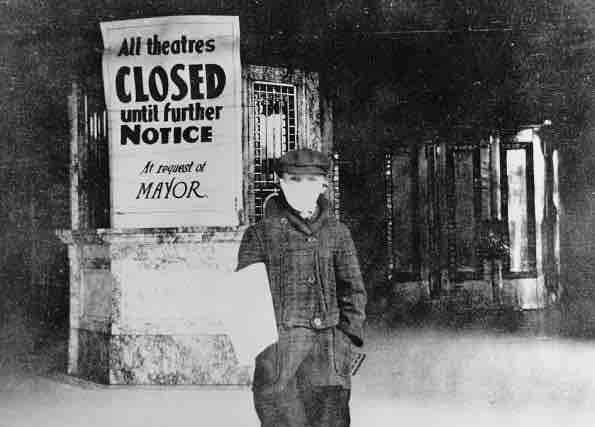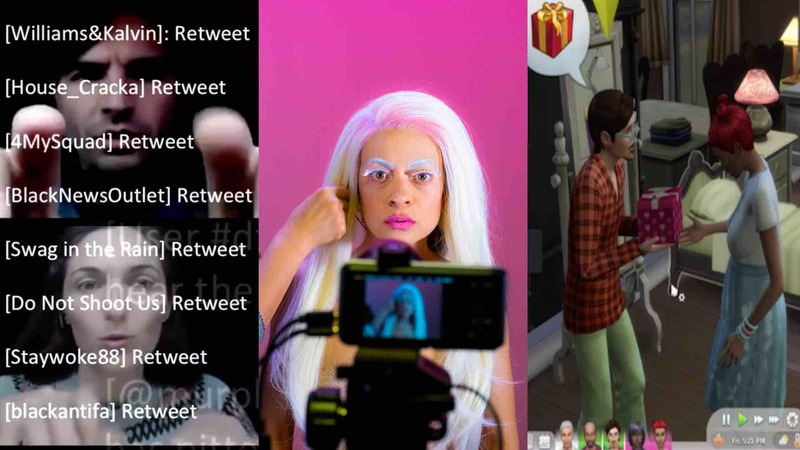COVID-19 Pandemic
Prior to 2020, theatre companies primarily used streaming video options as a way to present previously recorded works. That approach continued into the early months of 2020, and were quickly replaced with new collaborative YouTube videos that often bore resemblance to Zoom meetings. These new videos helped artists express their home-confinement quarantine emotions while creating a connection with fellow artists and the viewer.
Gradually, theatre companies learned how to blend technology with performance for digital streaming content. Some companies continued to present recorded performances, while others experimented with live shows. No matter the length of the content, most companies observed that digitally streaming works produced favorable results. Not only were the majority of new audience members a part of younger generations that had previously been absent, but people unable to attend in person, whether because of distance to the theatre or living in another country, could now easily attend a show with a click of a mouse. In addition, former audience members who stopped attending due to mobility or health problems could once again enjoy watching live theatre. In the end, integrating digital streaming performances decidedly improved a theatre’s bottom line by increasing the audience base at a time when they needed it the most.
Simultaneously, some charity groups, like The Actors Fund, utilized YouTube and other media platforms to promote contribution and donation drives to help theatre professionals.
Following the early releases of Zoom-like recorded videos, audiences and performers started to seek other creative and innovative entertainment. Audio dramas and podcasts naturally followed in popularity as they were an offspring of their predecessor, radio dramas (ie. Orson Welles’ famous broadcast of The War of the Worlds from 1938). With minimal experience using the technology and editing software it was easy to produce both previously published and newly conceived plays. Further, with stage actors out of work, radio dramas provided a source of income.
Once the coronavirus was better studied and safety procedures were in place, smaller regional and community theatres started to experiment with how to bring audiences back to the theatre, starting in Western Massachusetts with the Berkshire Theatre Group’s Godspell. With limited production runs and audience sizes, these in-person shows proved that in-person theatre could be safe by provided data results for other venues to use when they reopened.
Finally, as companies became comfortable with technology, they started to redesign immersive theatre for a socially distancing audience. Traditional immersive and interactive theatre relies on actors and audience members sharing the same space. Since that was not possible, pandemic immersive theatre instead took cues from other performance formats. Live digital shows utilized chat messaging, in-app voting, and audience video through video communication apps like Zoom, while other immersive theatre productions transformed into drive-thru experiences. Unfortunately, due to the live nature of immersive and interactive theatre, recordings are not available for this collection.
The items on this page provide a quick summary of the types of works that have been developed during COVID-19. For further details, each category page includes items about specific productions and works
Performing Original Works in a Pandemic, Artists Turn to New Tools
Joe Dziemianowicz
May 5, 2020
News article


